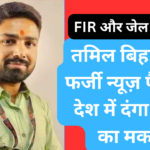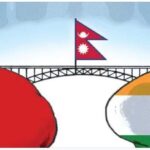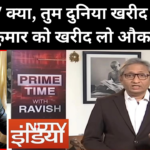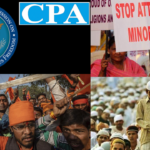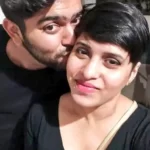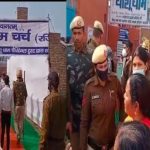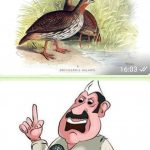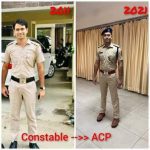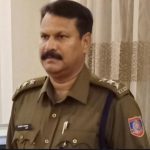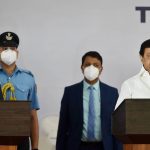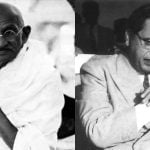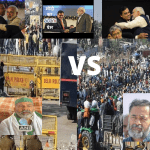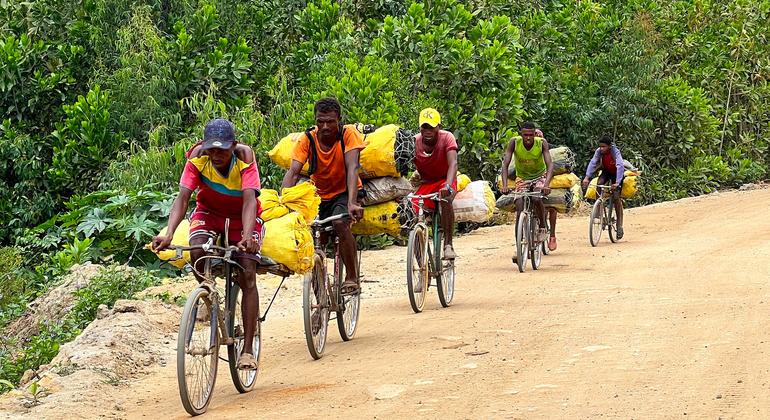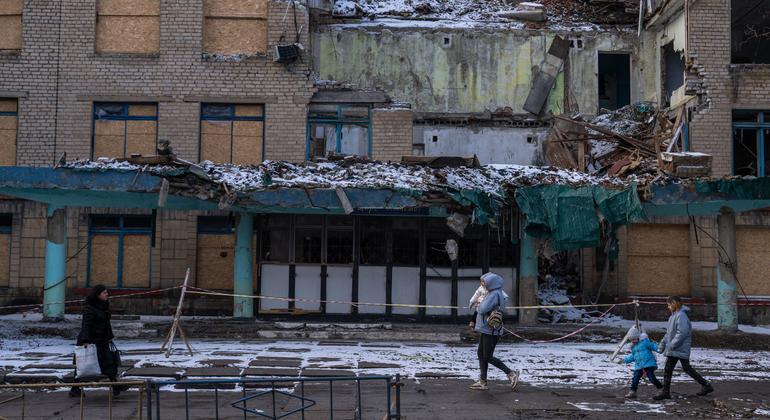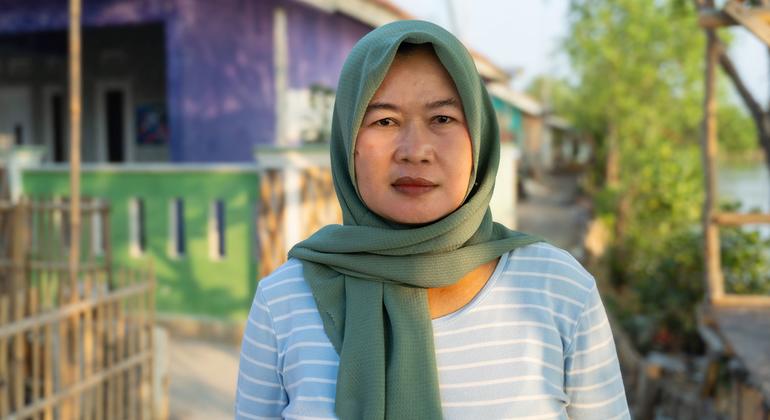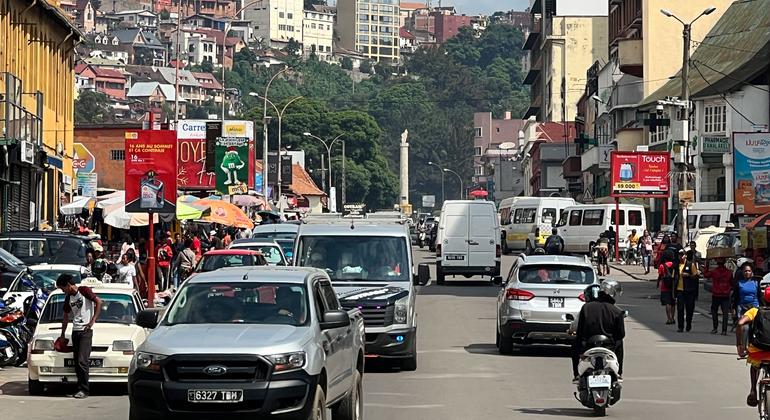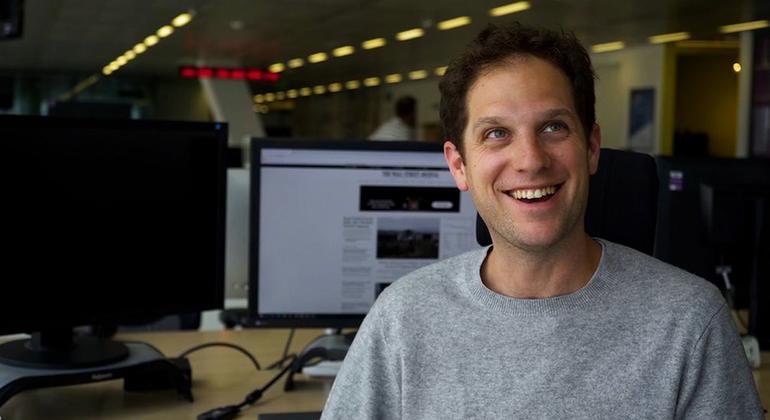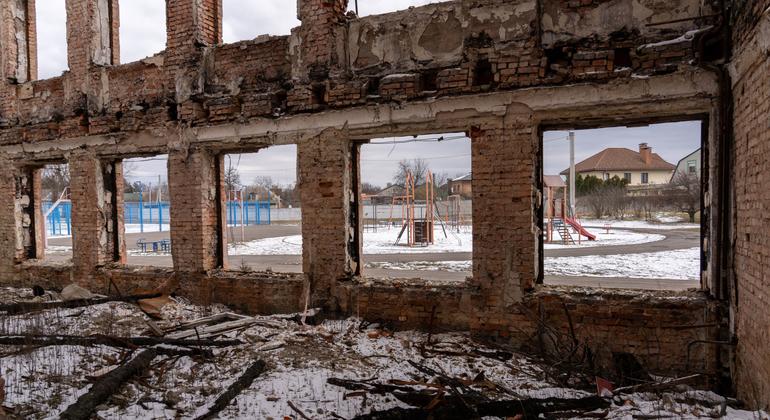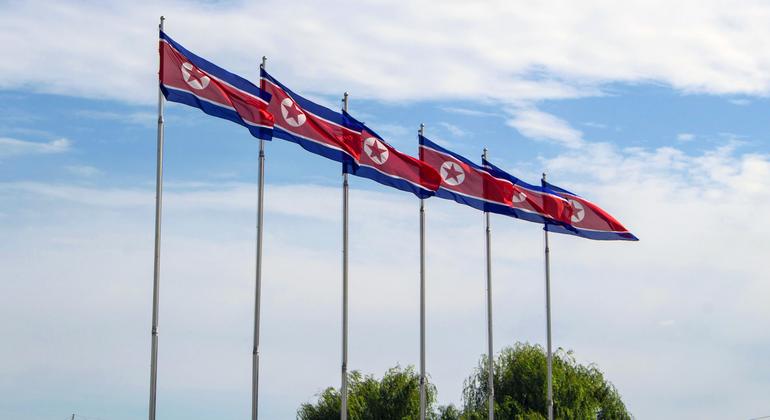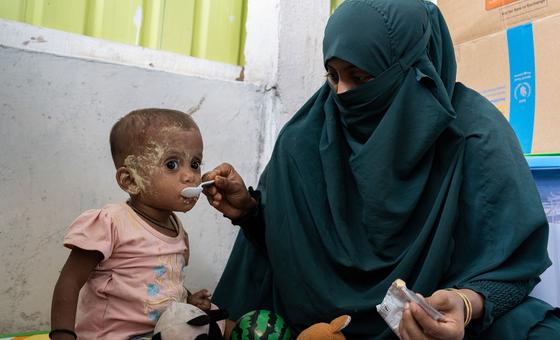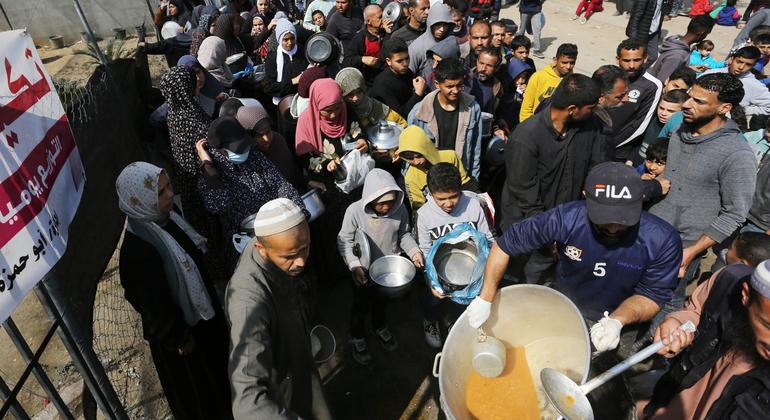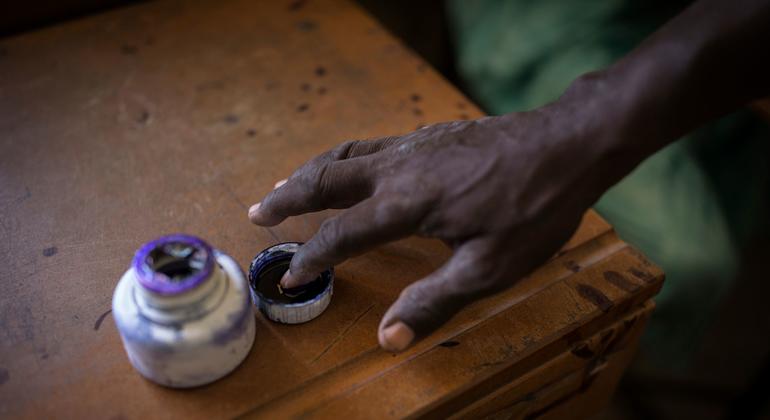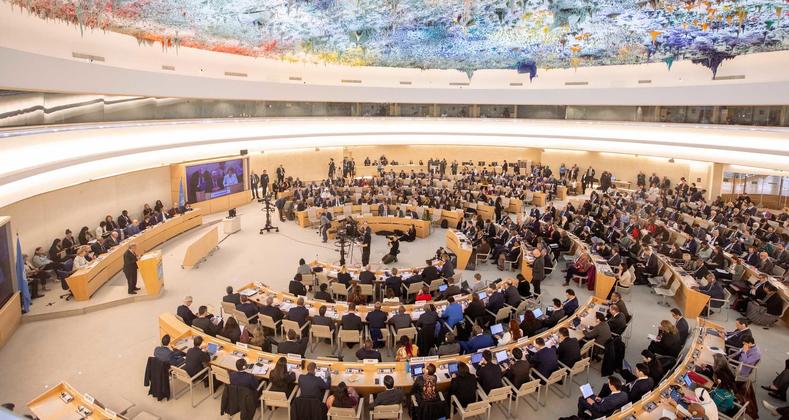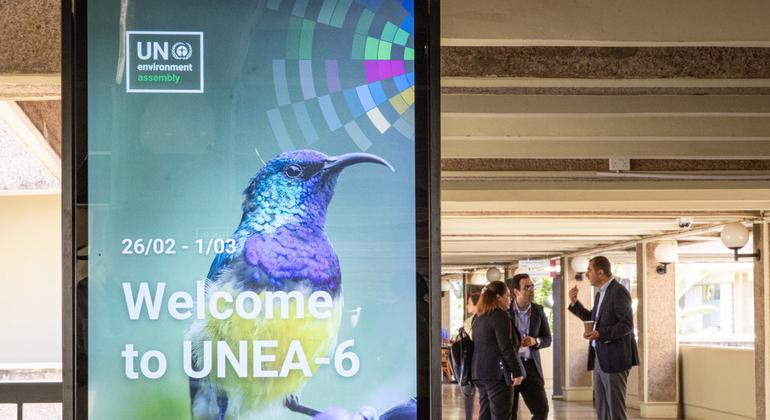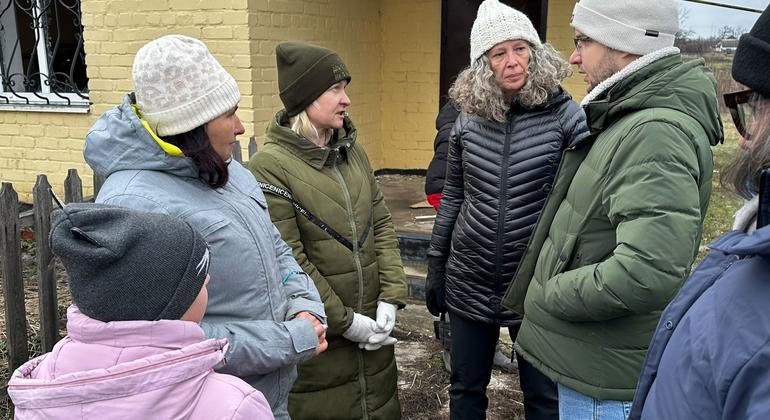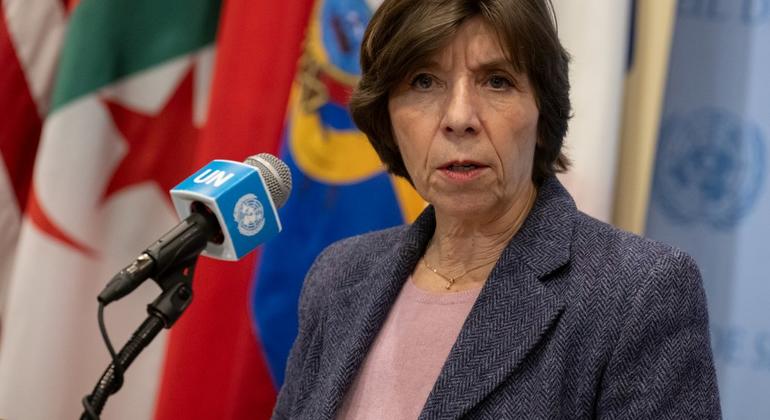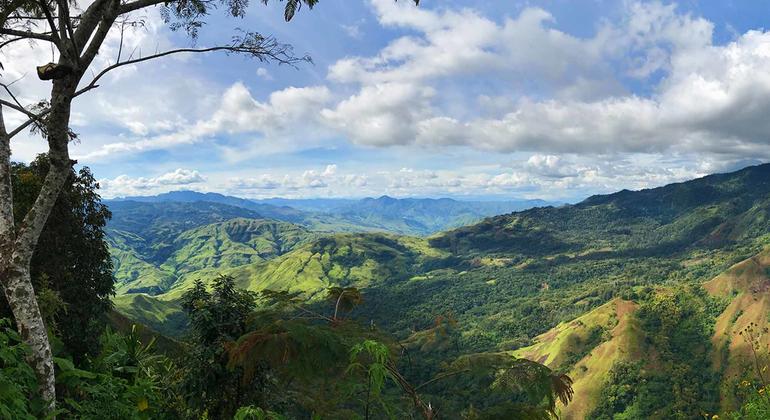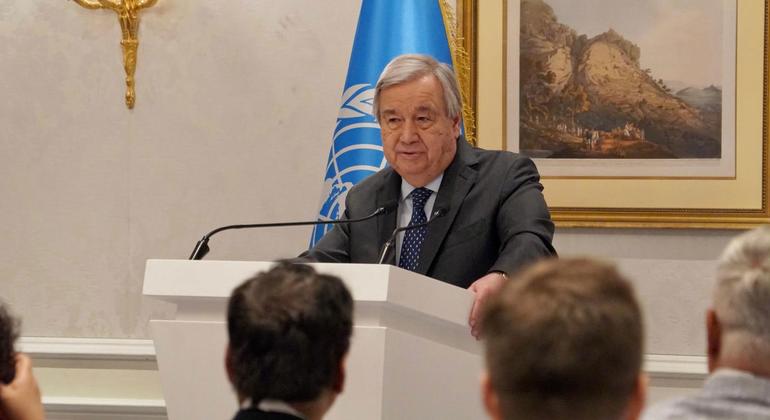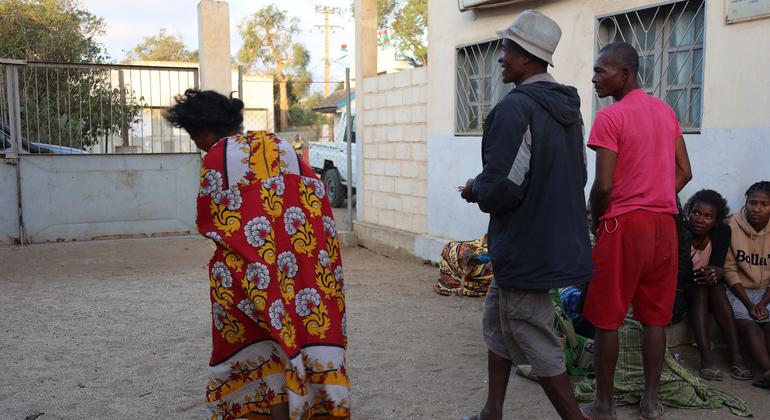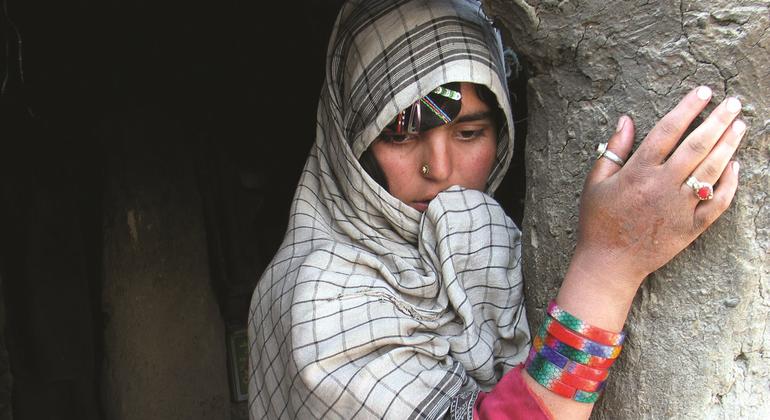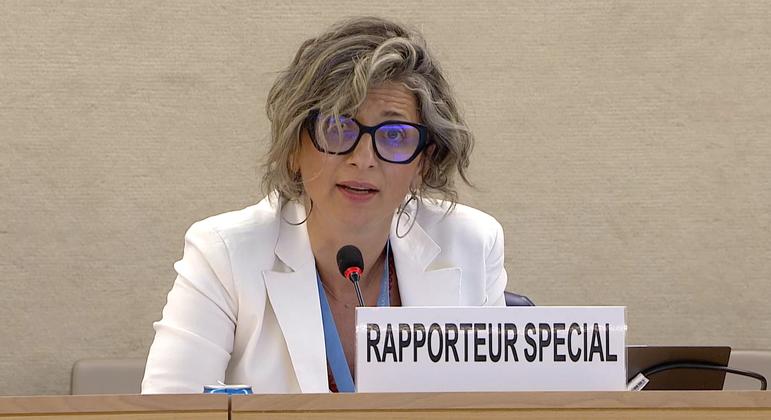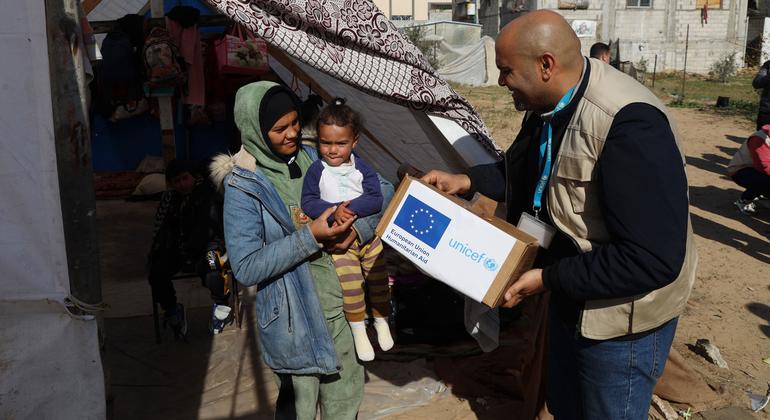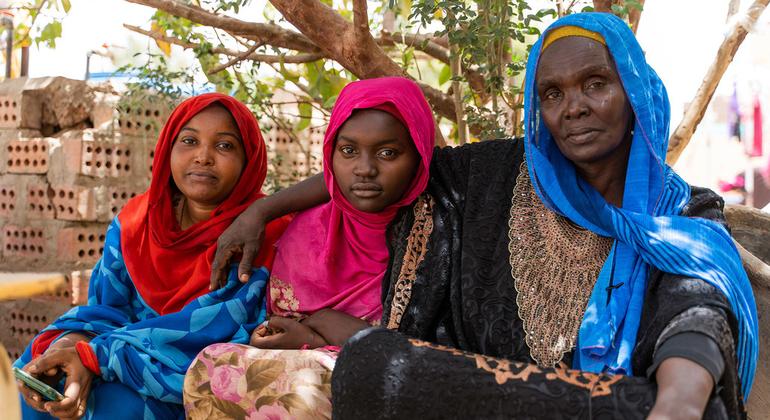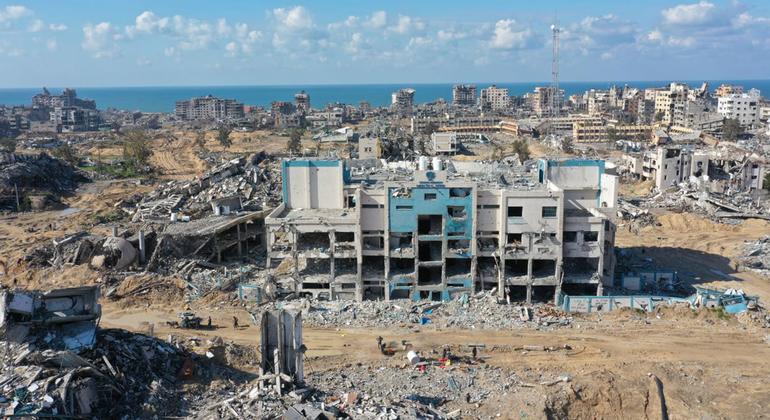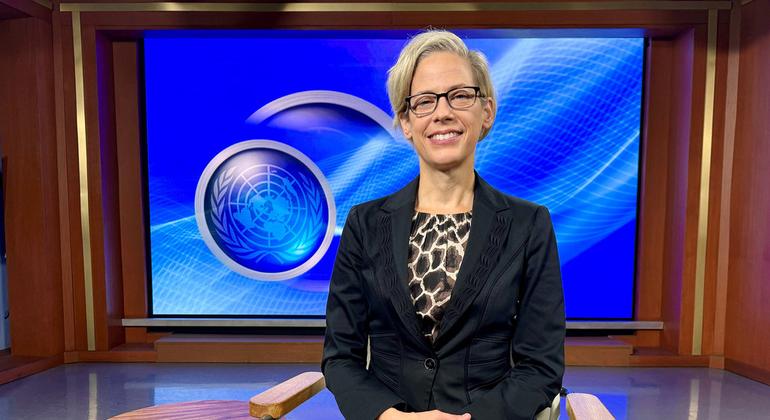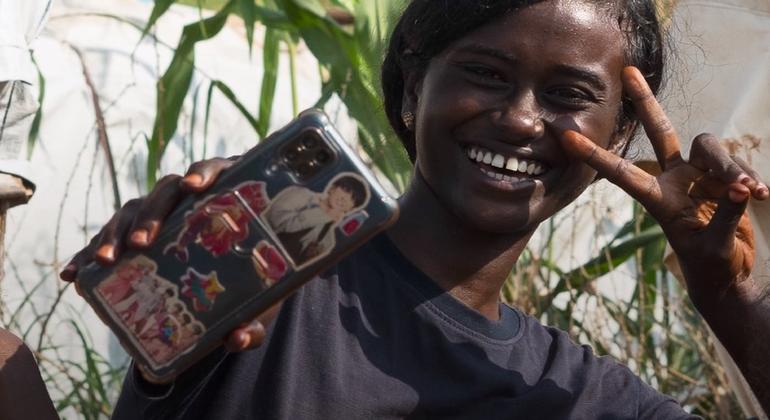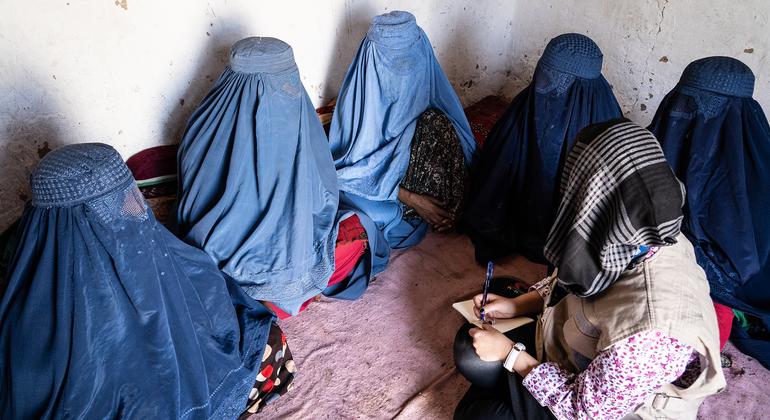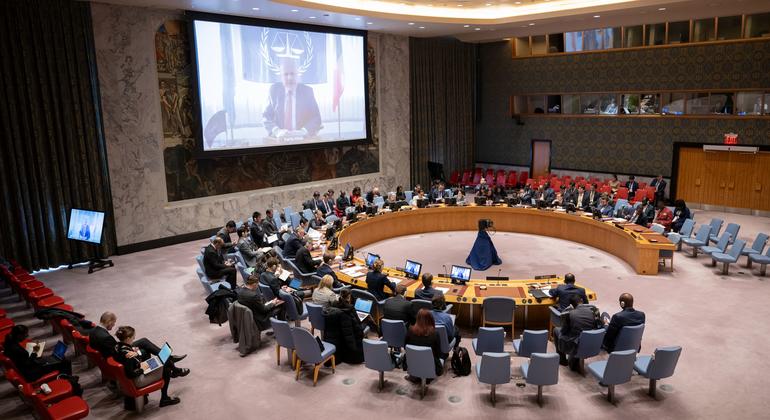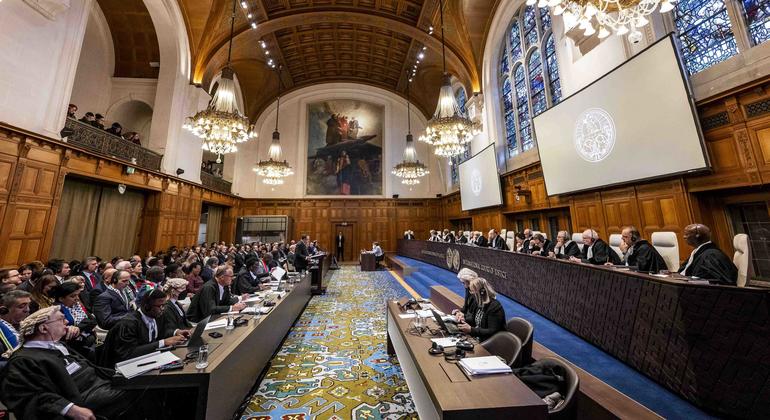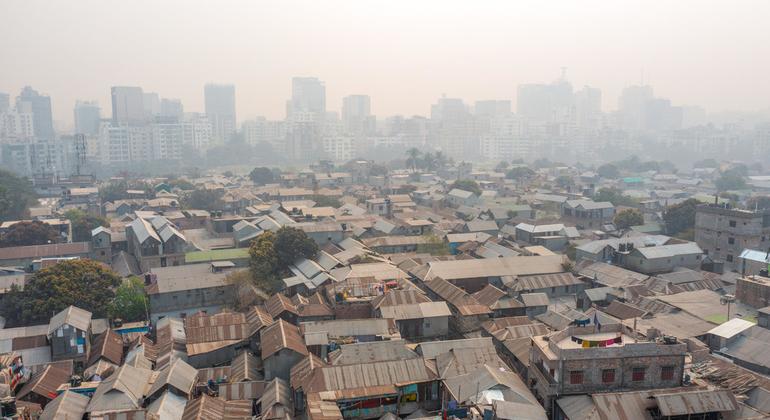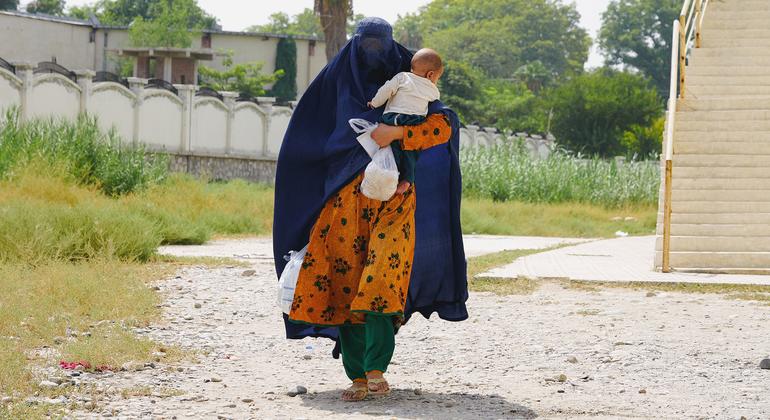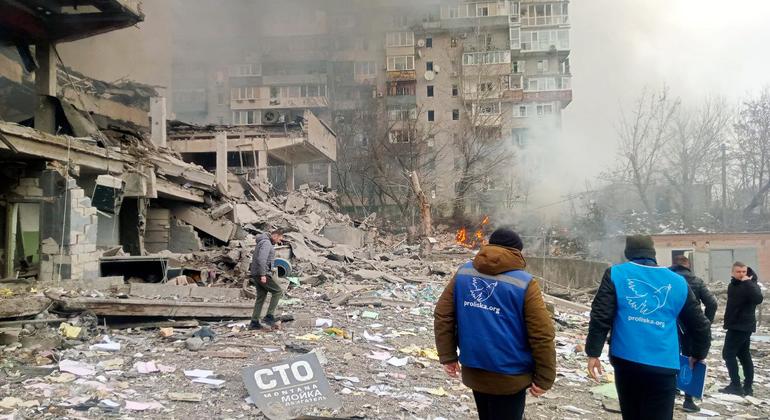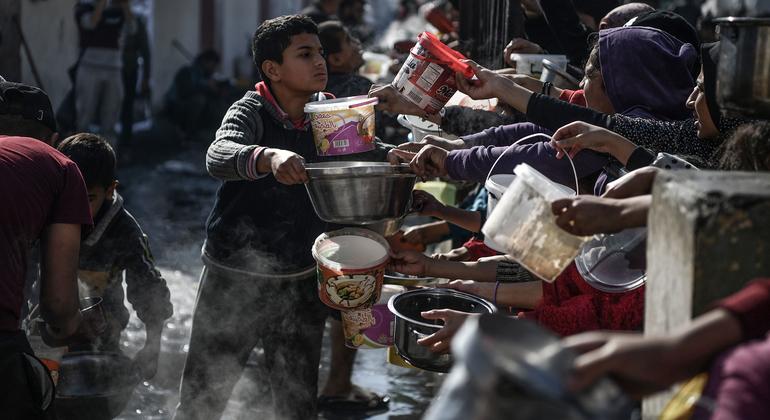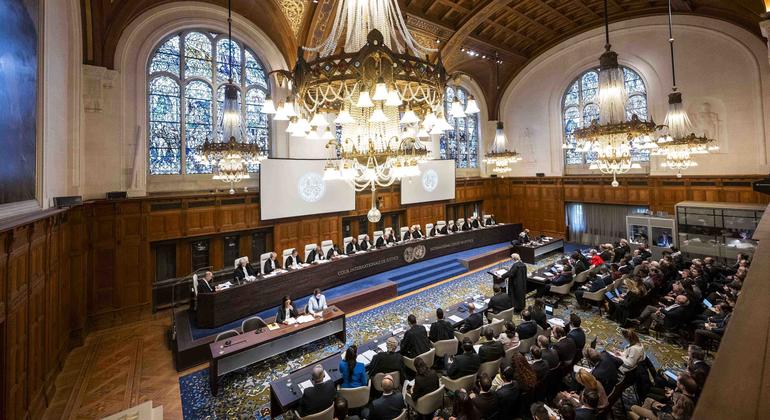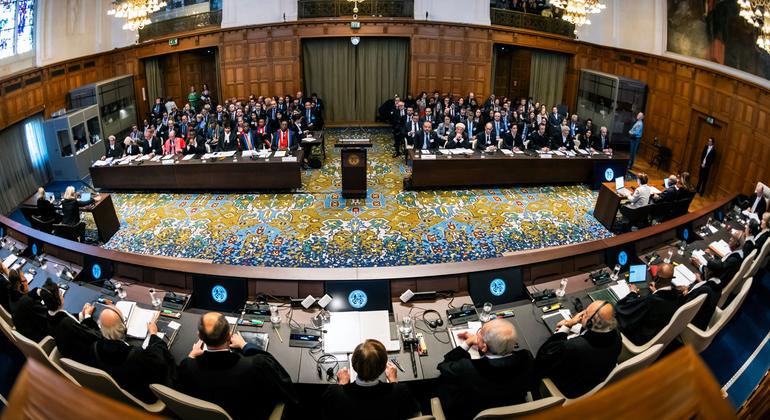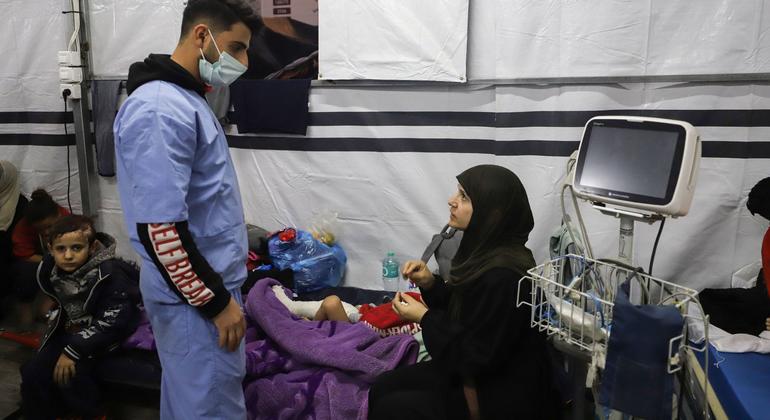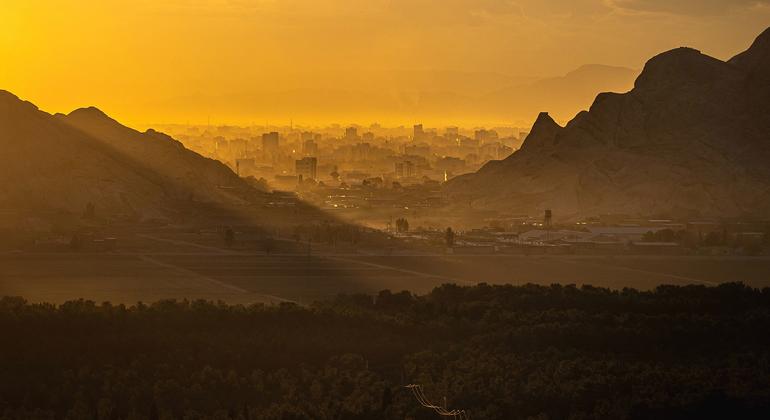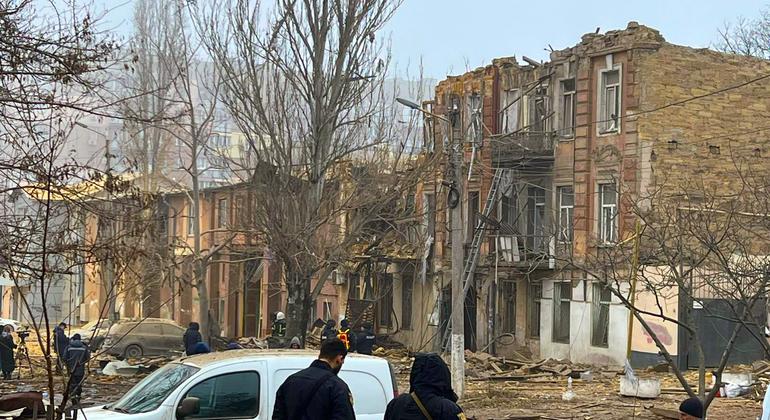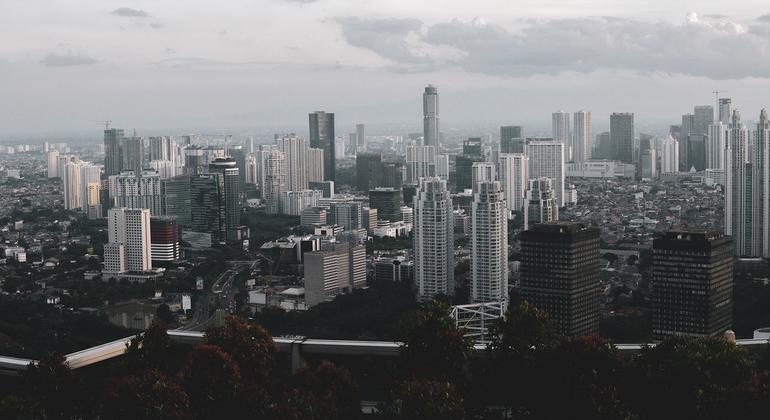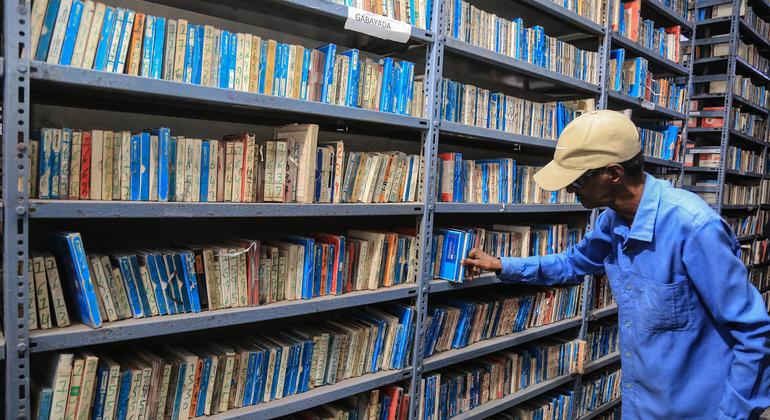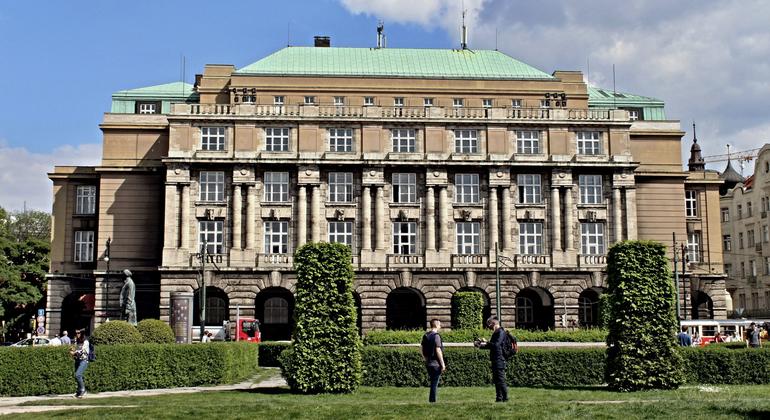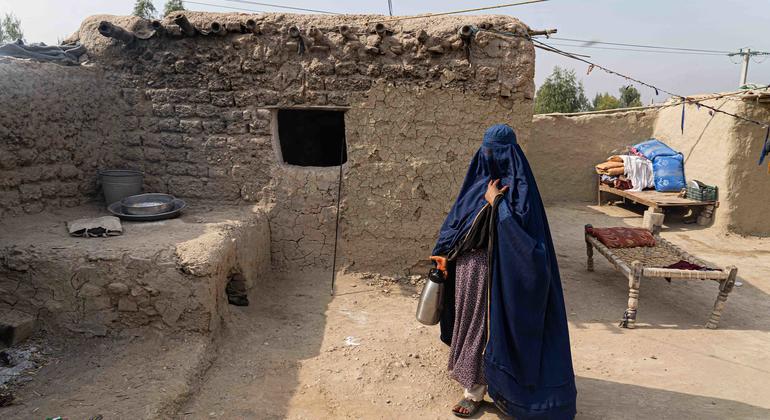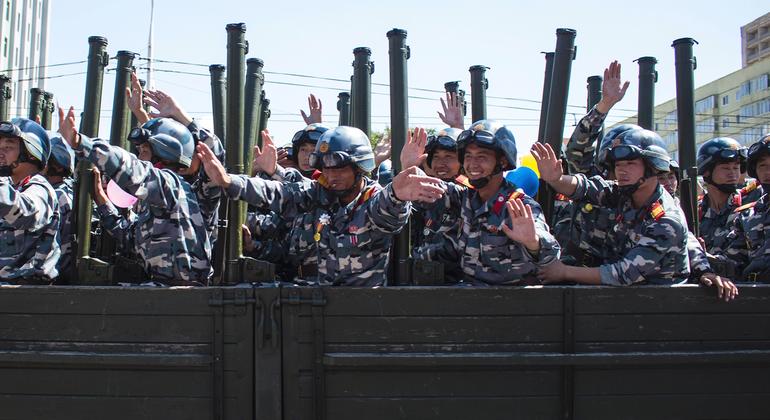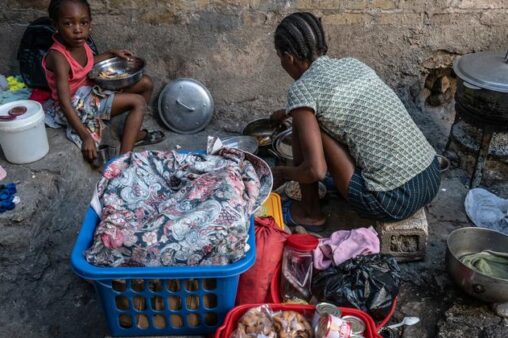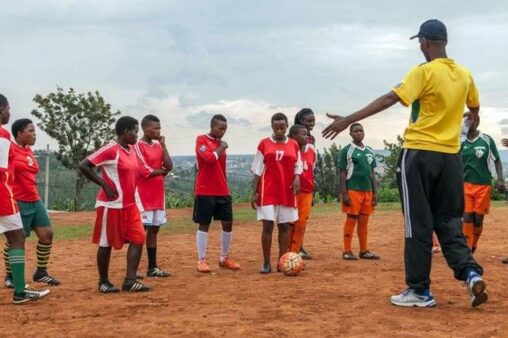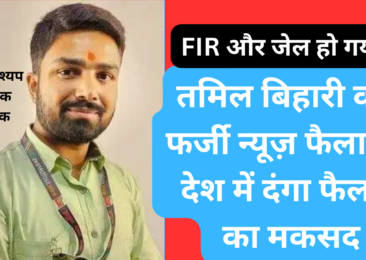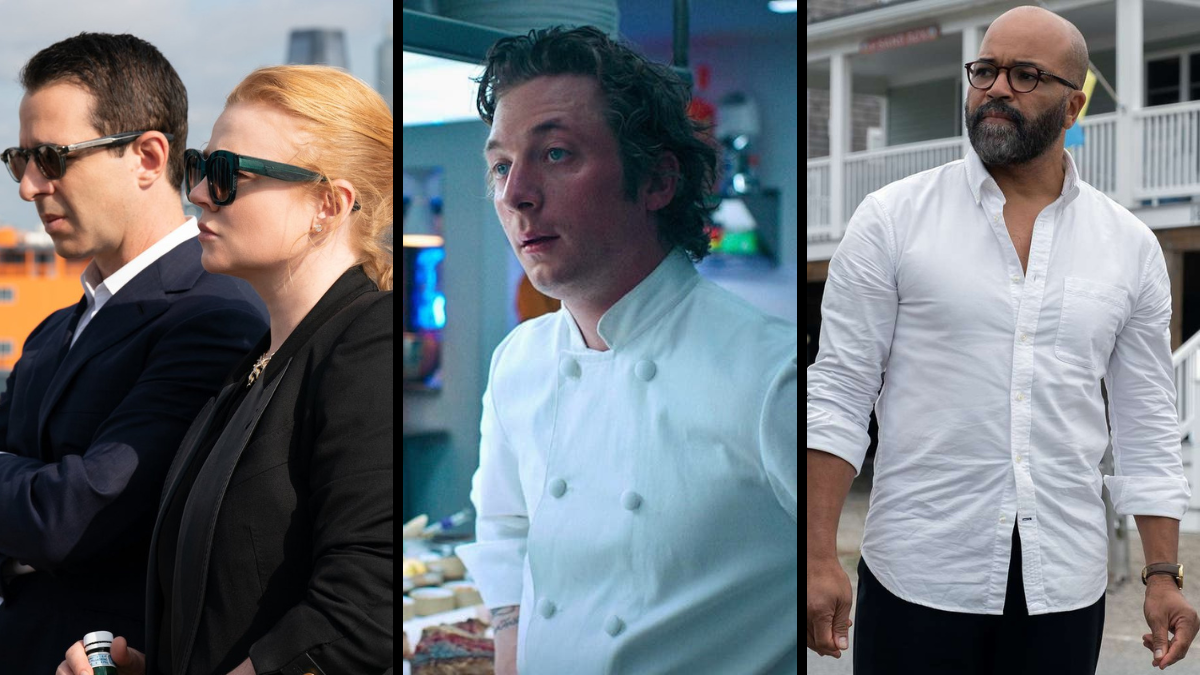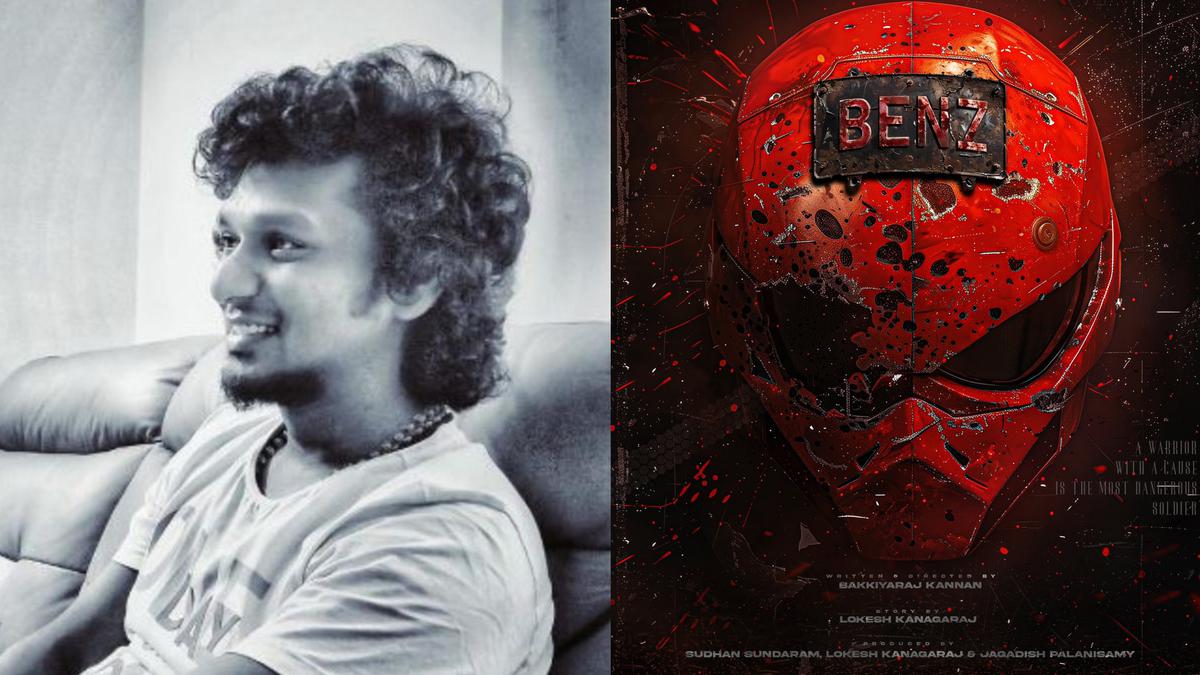Cinematographer Advaitha Gurumurthy on ‘Sapta Sagaradaache Ello’: ‘We wanted people to get drowned in the barrage of emotions on-screen’
[ad_1]

Advaitha Gurumurthy
| Photo Credit: Special Arrangement
Advaitha Gurumurthy is the cinematographer of Hemanth M Rao’s Sapta Sagaradaache Ello (SSE), the two-part relationship drama starring Rakshit Shetty, Rukmini Vasanth and Chaithra J Achar.After the success of Side A, Advaitha is upbeat about Side B, which will hit the screens on November 17.
Ahead of the film, he speaks about the challenges of shooting the relationship drama, the first part of which has seen success across the country. Having worked in popular Kannada thrillers such as Pawan Kumar’s U Turnand Hemanth’s Kavaludaari, Advaitha explains what goes into the making of an intense love story.
Excerpts from the interview:
Do explain the visual grammar of ‘Sapta Sagaradaache Ello (Side A)‘. Why did the film have a lot of static shots?
Hemanth is very spontaneous. He doesn’t plan every single shot before going to the set. Firstly, he tries to understand the vibe of the location and then blocks the entire scene roughly. Next, he asks the actors to perform. Depending on how they react, he decides the shot. It’s a reverse engineering process. Static shots are extremely cinematic; if you watch The Disciple from Chaitanya Tamhane, almost every single shot is static. You get a realistic feel with this technique. Composing a static shot is difficult. You want the energy flowing in the frame, and you want the composition to be correct as well.
The scenes in the visiting room of the jail were very powerful. How did you manage to shift out focus onto the couple despite all the chaos happening in the prison?
It was interesting how the prison visiting room scenes were conceived and shot. We wanted to shoot them realistically, but we also had to get intimate with these two characters. The story is about them; the film is a love story and not about him being in jail. It is about how his one decision changes the course of their relationship completely. If you observe, there are very few long shots, apart from the scenes in the initial stages where we follow Rukmini and Rakshit. They walk in between the crowd, and the camera is somewhere between three or four people. After that, we immediately cut to a tight close-up, and we isolate them from the crowd. Achieving this was quite difficult.
In my head, I wanted to create different kinds of sunlight falling on them. Every time Rukmini visits him, it’s a different lighting setup. When she comes and breaks the sad news to him, that’s the only time you see harsh sunlight hitting their faces. That sunlight isn’t warm. It’s slightly over-exposed, giving a burnt kind of feeling to the characters. As the film progresses, there are moments when they try to get cozy with each other. That’s when the sunlight is warm, and there is a nice backlight falling on them. Overall, in the visiting room scenes, we had to create pockets of space for the couple amidst the chaos.
The film had a lot of close-up shots; what was the approach and intention behind them?
We wanted people to get drowned in the barrage of emotions on-screen. Rakshit has very expressive eyebrows. When I compose a close-up, I can’t cut his eyebrows. Rukmini has an expressive throat, a lot of acting happening with her neck. Rakshit is a contained actor, but you see Rukmini moving her neck while performing intense scenes. So, I needed to focus on these aspects. In a close-up, the slightest of emotions get exaggerated. You need to understand your actor’s face and how their skin reflects light. Rukmini has fair skin. We had to underexpose her by one stop to get the contrast on her face. In the jail scenes, we used 2X Anamorphic Lenses. So, despite several tight close-ups, we were able to get the ambiance as well.

Advaitha Gurumurthy on the sets of the film
| Photo Credit:
Special Arrangement
‘Side A’ had a soft colour palette, but going by the trailer of ‘Side B,’ it appears it has a range of gritty colours…
Side A was about Manu and Priya. It was about how their life, filled with so much colour, eventually became black and white. Side A starts with them in a car. They get down and argue, after which you will see the beautiful twilight sun setting and a scenic sky in the background. The film ends with Rakshit almost being colourless; there are just whites and greys everywhere. That’s the contrast we tried to achieve.
The passage of time in the plot is crucial. Side B is set during COVID; the pandemic was a dark and gloomy time. The story has progressed ten years in Side B. In Side A, we were inside the characters, but Side B is more about the space around them, and the camera is judgemental. The visual grammar reflects the backdrop the characters are set in rather than the characters themselves. Side A was filmed with Master Anamorphic lenses with no distortion, whereasSide B was shot in Vantage Hawk V lenses, known for their distortions, apparitions, and colour fringes.
ALSO READ:Understanding the deliberate pacing of Kannada films ‘Toby’ and ‘SSE (Side A)‘
‘Side B’ seems to have been filmed in several off-beat locations; what other challenges did you face?
You will be surprised by the locations of Side B. We have shot in places that you wouldn’t have seen in Bengaluru despite them being at the heart of the city. The challenge of shooting in such locations is the lighting. While shooting on a live road, you can’t get a big lamp and use it with a generator, so we had to resort to practical lamps designed especially for the film. They were in precise positions to light up our actors. We bought LED directional lights that could run on small generators and give a quality output.
Sapta Sagaradaache Ello (Side B) is set to release on November 17.
[ad_2]

